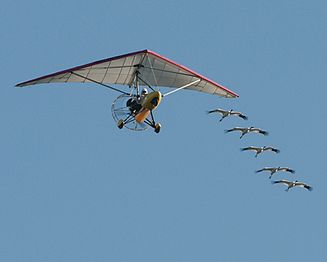|
St. Marks National Wildlife Refuge
 St. Marks National Wildlife Refuge is a wintering ground for migratory birds in Florida. Established in 1931, it encompasses more than 83,000 acres (336 km2) spread between Wakulla, Jefferson, and Taylor Counties in the state of Florida.[1] The refuge includes several Gulf of Mexico coastal habitats, such as saltwater marshes, islands, tidal creeks, and the estuaries of several north Florida rivers. It is home to a diverse range of plants, animal life and structures such as the St. Marks Lighthouse. The refuge is inhabited by black bears, bobcats, otters, raccoons, foxes, coyotes, amphibians, alligators, snakes, freshwater and saltwater fish, as well as many different species of birds, including wading birds, waterfowl, and raptors. The St. Marks Refuge Association's friends' group and the photography club supply the majority of volunteers for the St. Marks National Wildlife Refuge. From 2009-2016, St. Marks NWR served as a winter home for young, endangered whooping cranes. These captive-hatched cranes were taught to follow an ultra light aircraft piloted by costumed Operation Migration pilots on a journey of more than 1,200 miles from central Wisconsin to Florida.[2] The refuge is also a stopping point for the yearly monarch butterfly migration. The festival is hosted annually to educate people on the practice of tagging monarch butterflies as they continue through their migration. The setting of Jeff Vandermeer's Southern Reach Trilogy was inspired by the St. Marks NWR.[3] WildernessDesignated in 1975 by the U.S. Congress as part of the National Wilderness Preservation System, the St. Marks Wilderness makes up 17,350 acres of the refuge. The Florida National Scenic Trail traverses the refuge for 41 miles, including a portion of the wilderness area.[4] AccessPublic access points to the refuge are located at:[5]
There is no paved public access to the refuge in Jefferson County.
See alsoReferences
External linksWikimedia Commons has media related to St. Marks National Wildlife Refuge. |
|||||||||||||||||||||








